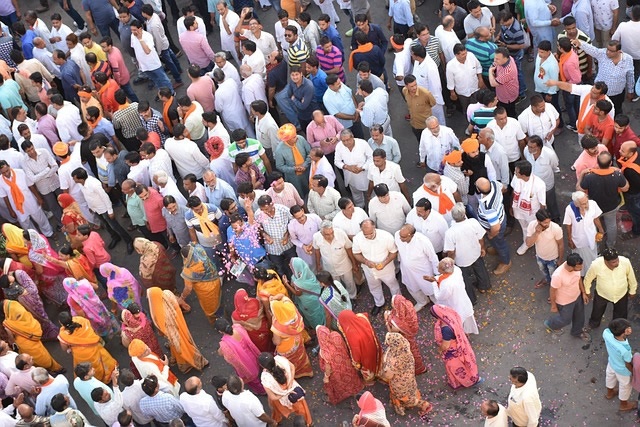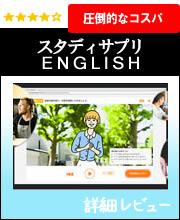先日から「The ’3.5% rule’: How a small minority can change the world -「3.5%ルール:少数派が世界を変える方法」を読んでいます。

・「3.5%ルール:少数派が世界を変える方法」(1)
・「3.5%ルール:少数派が世界を変える方法」(2)
But Chenoweth was surprised to find that no-one had comprehensively compared the success rates of nonviolent versus violent protests;
しかしチェノウェスは、非暴力抗議と暴力的抗議の成功率を包括的に比較した者がいないことに驚き、
perhaps the case studies were simply chosen through some kind of confirmation bias.
恐らくこれらの例は、単にある種の確証バイアスによって選ばれたのではと考えた。
“I was really motivated by some scepticism that nonviolent resistance could be an effective method for achieving major transformations in society,” she says.
「果たして本当に、非暴力抗議は社会的な大変革の達成に効果的なのだろうか、という懐疑心が私を突き動かしました」と彼女。
Working with Maria Stephan, a researcher at the ICNC,
ICNCの研究者であるマリア・ステファンと協力し、
Chenoweth performed an extensive review of the literature on civil resistance and social movements from 1900 to 2006
チェノウェスは1900~2006年までの市民抵抗と社会運動に関する文献を徹底的に調査、
- a data set then corroborated with other experts in the field.
そのデータはその後、その分野の他の専門家たちによって検証された。
They primarily considered attempts to bring about regime change.
まずそれらは主に政権交代をもたらすための運動だと考察した。
A movement was considered a success if it fully achieved its goals both within a year of its peak engagement and as a direct result of its activities.
ある運動が、その活動のピークから1年以内に、またその活動の直接的な結果として、目標を完全に達成した場合、その運動は成功とみなす。
A regime change resulting from foreign military intervention would not be considered a success, for instance.
つまり例えば外国の軍事介入による政権交代は成功とはみなさない。
A campaign was considered violent, meanwhile, if it involved bombings, kidnappings, the destruction of infrastructure – or any other physical harm to people or property.
そして暴力的な運動とは、爆弾テロや誘拐、インフラの破壊など、人や財産に物理的な危害を加えるものを指す。
なるほど、最初にチェノウェス女史が非暴力抗議の効果を調べた時は、そんなの上手くいくの?という気持ちからだったと。
民衆が力で権力にぶつかって時の支配層を倒す、例えば農民一揆やフランス革命などは派手で人々の印象に残ります。
社会を変えるにはそういう事をするしかない、という思い込みが私たちにあるのかもしれませんね。
理由は単純明快!「少ないコストでしっかり楽しく学べるから」。
私自身の経験(高機能でビックリ)をびっしり書いていますので、良かったら読んでみてください。
下のバナーからどうぞ!






